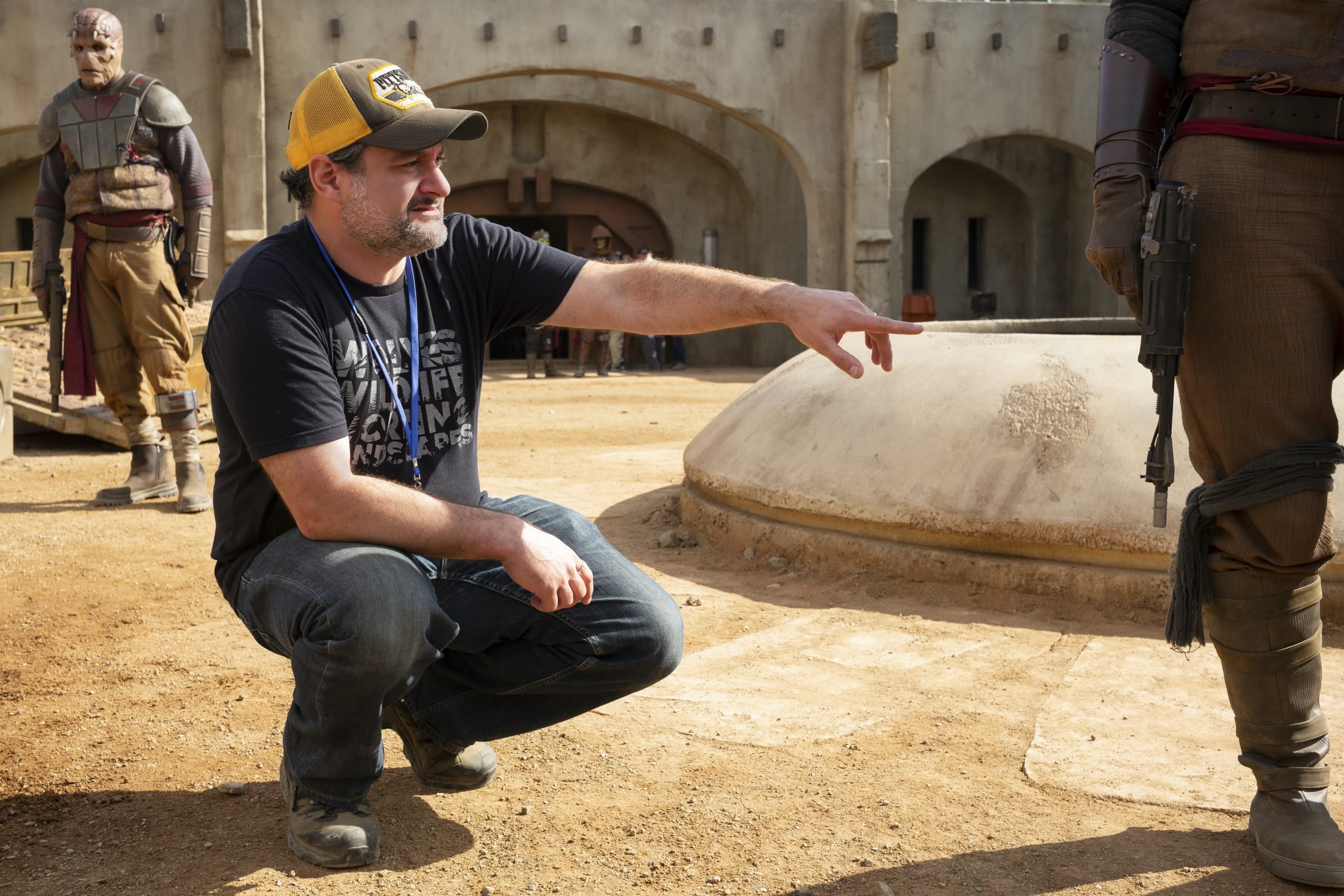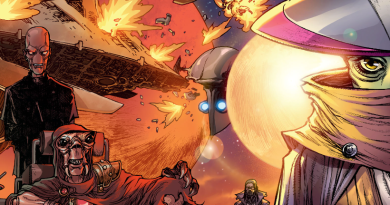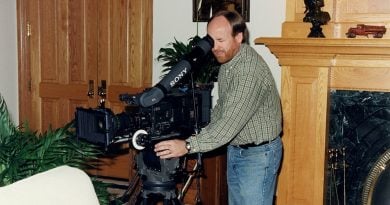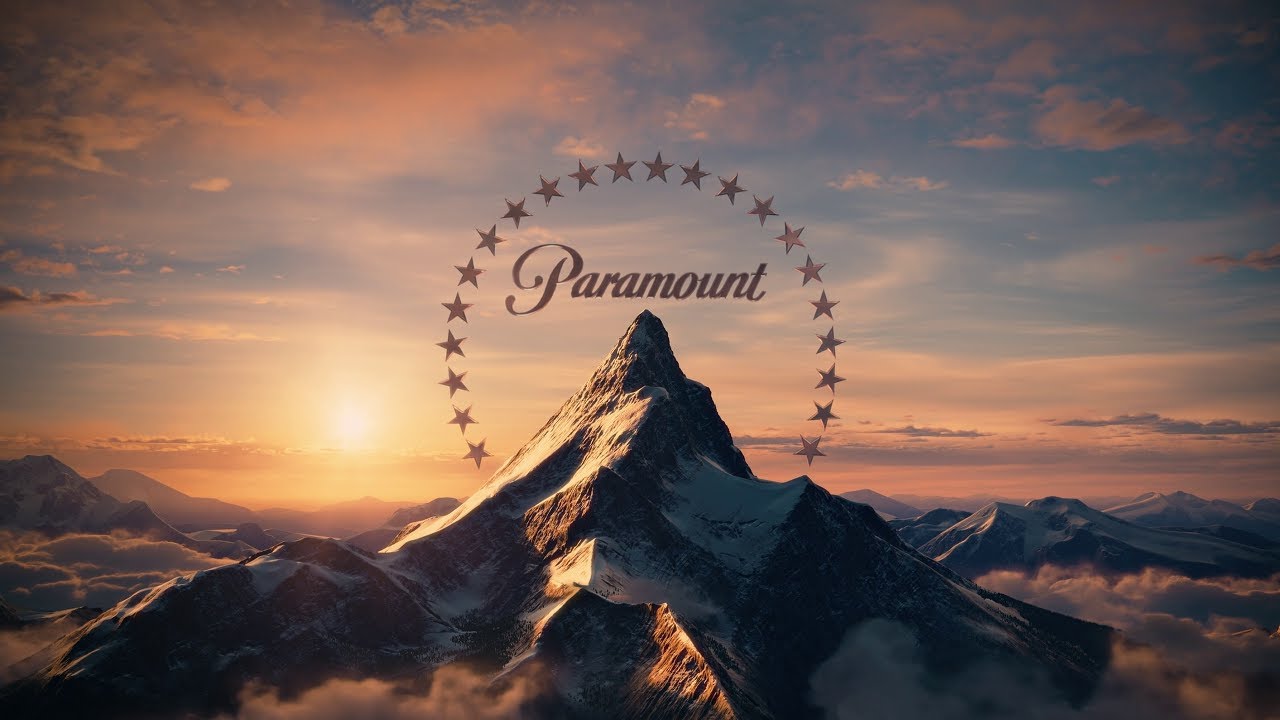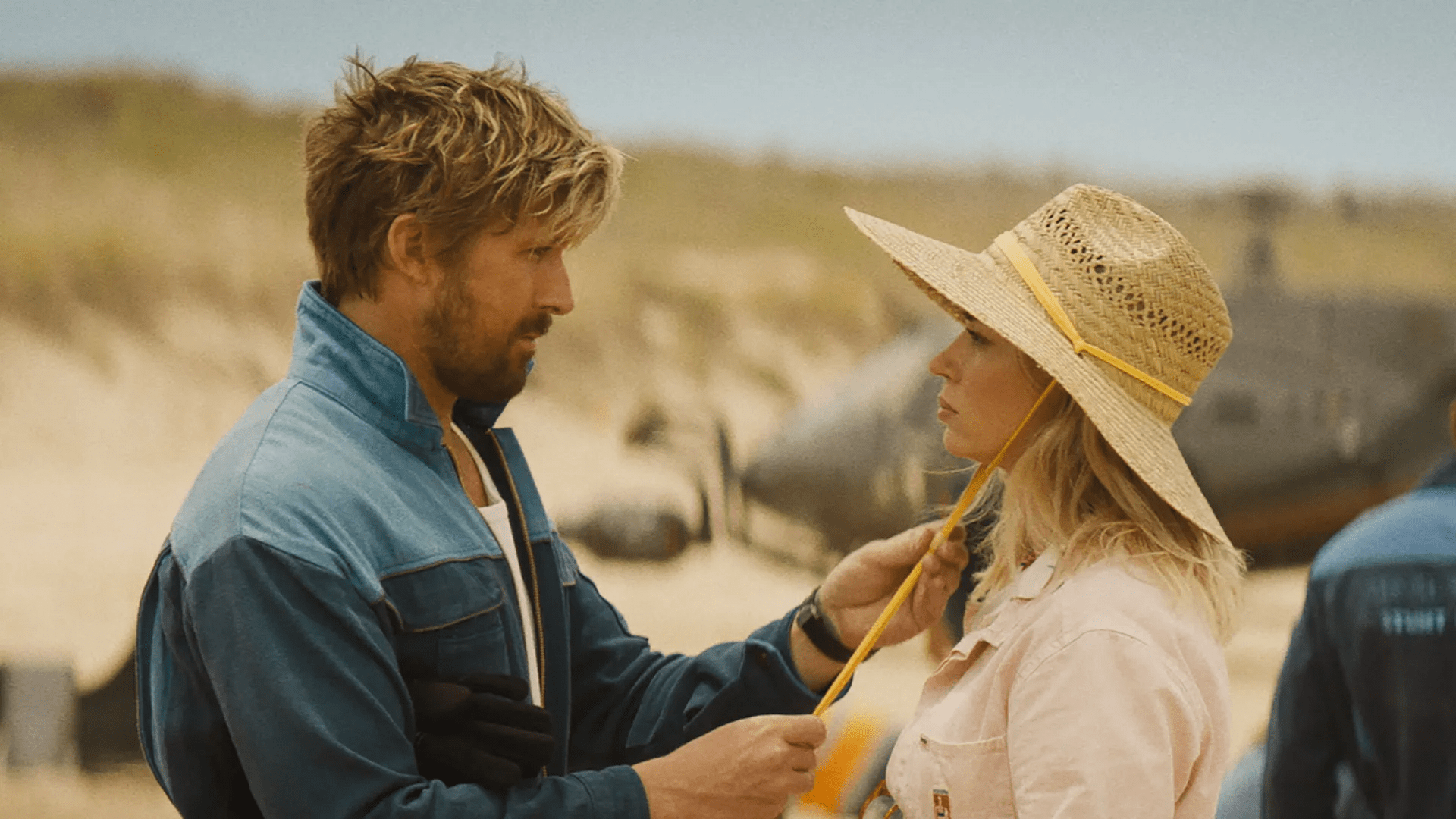Dave Filoni Will Only Use the Volume to Shoot His ‘Star Wars’ Film If It Fits: “I Have No Fear of Doing It in Other Ways”
All eyes are currently on Ahsoka and its recent debut on Disney Plus, but we know since Star Wars Celebration this year that this is just the latest piece of a puzzle that has been in the works for a few years, and that will culminate with a theatrical film event directed by Dave Filoni.
Filoni, showrunner and writer of Ahsoka, as well as director of two episodes, has now been working on live-action Star Wars since November 2019, when he directed the very first episode of The Mandalorian. It was a move years in the making, and the aforementioned film will not only culminate the storyline that we started to follow with that show, but it will also be the conclusion to his own creative arc since he started developing The Clone Wars with George Lucas. (Remember that Dave Filoni has already directed a theatrical Star Wars feature film in 2008’s Star Wars: The Clone Wars.)
With The Mandalorian, Lucasfilm introduced one of the great love stories between a fictional character and the audience, with the appearance of Grogu at the very end, but something else was also introduced: the Volume, a.k.a., the giant LED screen that ILM and StageCraft built inside a sound stage and where they are able to project in real time the backgrounds we see on the final product. It’s the ultimate replacement for the long-running tradition of using green or blue screens, and that has now been used in so many other projects, from Marvel’s Thor: Love and Thunder to Warner Bros.’ The Batman; even Francis Ford Coppola used it for a while in his upcoming film Megalopolis. But will Star Wars use it in their future movies?
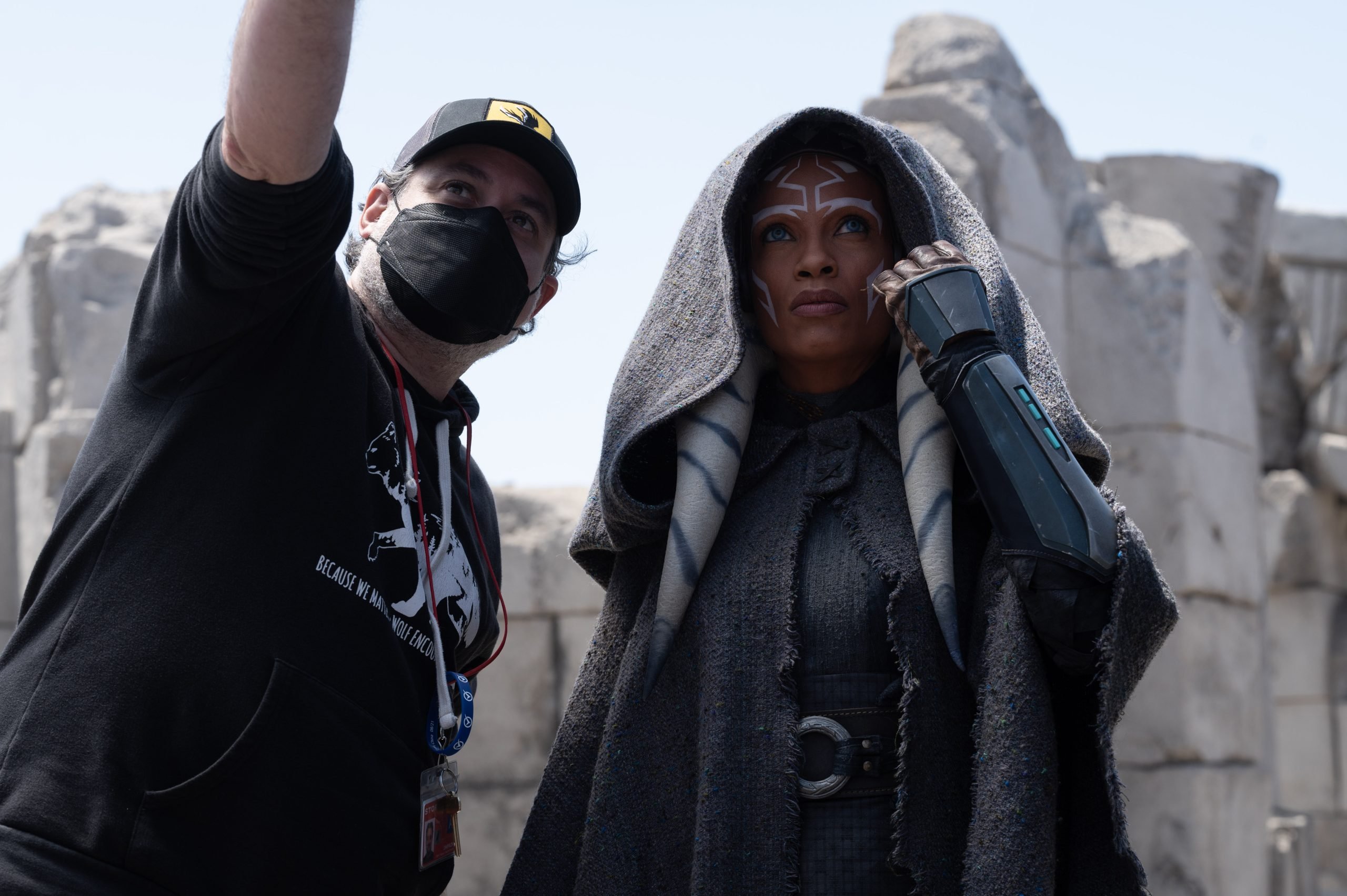
CinemaBlend reached out to Filoni during Star Wars Celebration earlier this year and asked him if he plans to use the Volume with his new film (one that doesn’t even have a screenwriter announced, let alone a script), to which he replied:
“That’s a great question. If it applies, 100 percent I would. I’m fortunate to have been on the ground floor of that, and having experienced it with my team, I know when it works and when it doesn’t work. There are certain situations where you absolutely want to use it, and there are certain situations where it’s better to do it on a regular stage with blue screen. There are certain situations where you just want to go outside. You have to just know and trust your team for when is the right time to use it.
For me, in animation, I like to do a lot of previsualization. I like to work out a lot of things virtually beforehand. I can watch a cut of the film before I’ve shot it. And I brought the [directors of photography] into the process. So we look at it a lot, up front. Yeah, I would definitely say it’s on the table, but I have no fear of doing it in other ways. I think it’s a different tool that you have in the box to use at this point.”
It’s obviously too early for anyone to tell here, including Filoni. These are things that are part of the pre-production process, not planned before the script is in place. However, this is a tool that Filoni and Jon Favreau (who also executive produces the movie) have mastered over the past few years; Ahsoka uses it extensively, and The Mandalorian still remains the best use of it (outside of maybe The Batman, though that film used it in a more limited capacity). But as seen in plenty of behind-the-scenes pictures, Ahsoka also used a lot of blue screens, and reports from the time of shooting mentioned that the train yard at El Segundo would be part of the production as well (that seems like a good guess for the location of the fight on Corellia).

However, the Volume does provide several big advantages over other tools. For one, it forces the production to take place in an indoors and highly-controlled environment, which helps them prevent massive leaks — something that shooting outdoors doesn’t always do. As Filoni pointed out, it’s also the closest tool he has to the animation process, where he can work with the backgrounds and the environments ahead of time, and explore the full creative process with the actors doing so. It also speeds up the entire production, as the number of visual effects shots to be done in post-production is significantly reduced.
The Volume also has some downside to it, as Obi-Wan Kenobi showed us; namely, its trapped-in-a-box feel that is also somewhat present in parts of Ahsoka so far. This is something that Andor benefitted from. And in the end, as Filoni kind of teased in ways he can only do, the end result will probably be a combination of all the different possibilities.
There is no date yet for Dave Filoni’s film, which is expected to come after The Mandalorian season 4 (which was supposed to start shooting this October and which was in pre-production before the WGA strike put everything on pause), and a second season of Ahsoka, which from all accounts is planned and will be greenlit if the series is deemed a success by the studio. All things considered, it’s highly unlikely we’ll get this movie in theaters before December 18, 2026.
Miguel Fernández is a Spanish student that has movies as his second passion in life. His favorite movie of all time is The Lord of the Rings, but he is also a huge Star Wars fan. However, fantasy movies are not his only cup of tea, as movies from Scorsese, Fincher, Kubrick or Hitchcock have been an obsession for him since he started to understand the language of filmmaking. He is that guy who will watch a black and white movie, just because it is in black and white.

